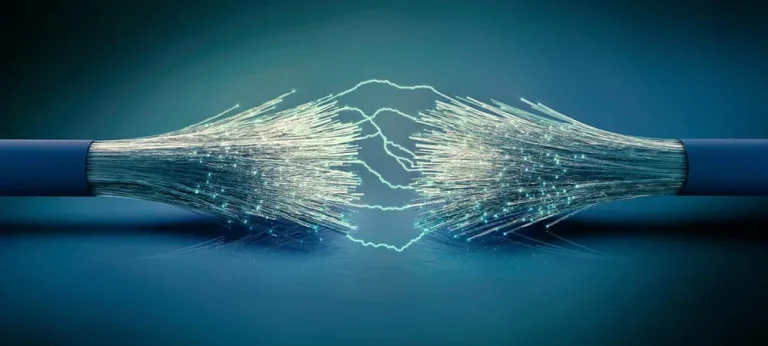There’s no denying the quality of your internet connection directly impacts how you work, learn, and entertain yourself. While there are several options for home internet service, fiber-optic technology stands out as the superior choice for speed, reliability, and future-proofing your home network. Let’s explore why fiber internet has become the gold standard for home connectivity.
How Fiber Technology Works
Unlike traditional copper cables, internet on a fiber-optic network uses thin strands of glass or plastic to transmit data using pulses of light. This fundamental difference in technology allows fiber to transmit data at speeds that are orders of magnitude faster than conventional cable or DSL connections. The light signals travel through the fiber core with minimal interference, maintaining signal strength over longer distances.
Superior Speed and Performance
When it comes to internet speed, fiber-optic networks are in a class of their own. Most fiber services offer symmetrical speeds, meaning your upload speeds match your download speeds. This is particularly valuable for:
- Video conferencing and remote work, where you need to send large files and maintain clear video calls without buffering or lag
- Online gaming, where low latency and fast response times are crucial for competitive play
- Streaming 4K content across multiple devices simultaneously without experiencing quality degradation
- Cloud backup services and large file transfers, which benefit from faster upload speeds
Unmatched Reliability
Fiber-optic cables are inherently more reliable than traditional copper infrastructure. They’re immune to electromagnetic interference, which means nearby electronic devices, power lines, or severe weather won’t affect your connection quality. The physical durability of fiber cables also means fewer service interruptions and a more consistent internet experience throughout the year.
Future-Proof Investment
As technology continues to advance, the demand for bandwidth will only increase. Fiber-optic infrastructure is well-positioned to meet these growing needs. The theoretical capacity of fiber cables far exceeds current usage requirements, meaning the same fiber lines installed today can support the higher speeds and increased data demands of tomorrow through simple equipment upgrades.
Environmental Benefits
The environmental advantages of fiber-optic networks extend beyond just faster internet. These green benefits include:
- Lower energy consumption compared to traditional copper networks, as fiber cables require less power to transmit signals over long distances, resulting in reduced electricity usage and lower utility costs
- Significantly smaller carbon footprint due to the minimal power needed to operate fiber networks, making them an environmentally responsible choice for internet connectivity
- Extended infrastructure lifespan, with fiber cables lasting decades longer than copper alternatives, reducing the environmental impact of frequent system replacements and upgrades
- Less material waste during maintenance and repairs since fiber networks experience fewer physical problems and degradation compared to traditional cable systems
The Smart Home Advantage
Modern smart homes rely on stable, high-speed internet connections to function effectively. Fiber internet provides the robust foundation needed to support multiple connected devices, from security cameras and smart thermostats to voice assistants and automated lighting systems. The consistent performance of fiber ensures your smart home operates smoothly without connectivity issues.
Fiber-optic internet represents the most advanced and capable solution for home connectivity available today. Its combination of unmatched speed, exceptional reliability, and future-ready infrastructure makes it the clear choice for households that depend on their internet connection for work, entertainment, and daily life. As our reliance on digital services continues to grow, investing in fiber internet isn’t just about meeting current needs – it’s about preparing for the connected future that lies ahead.
